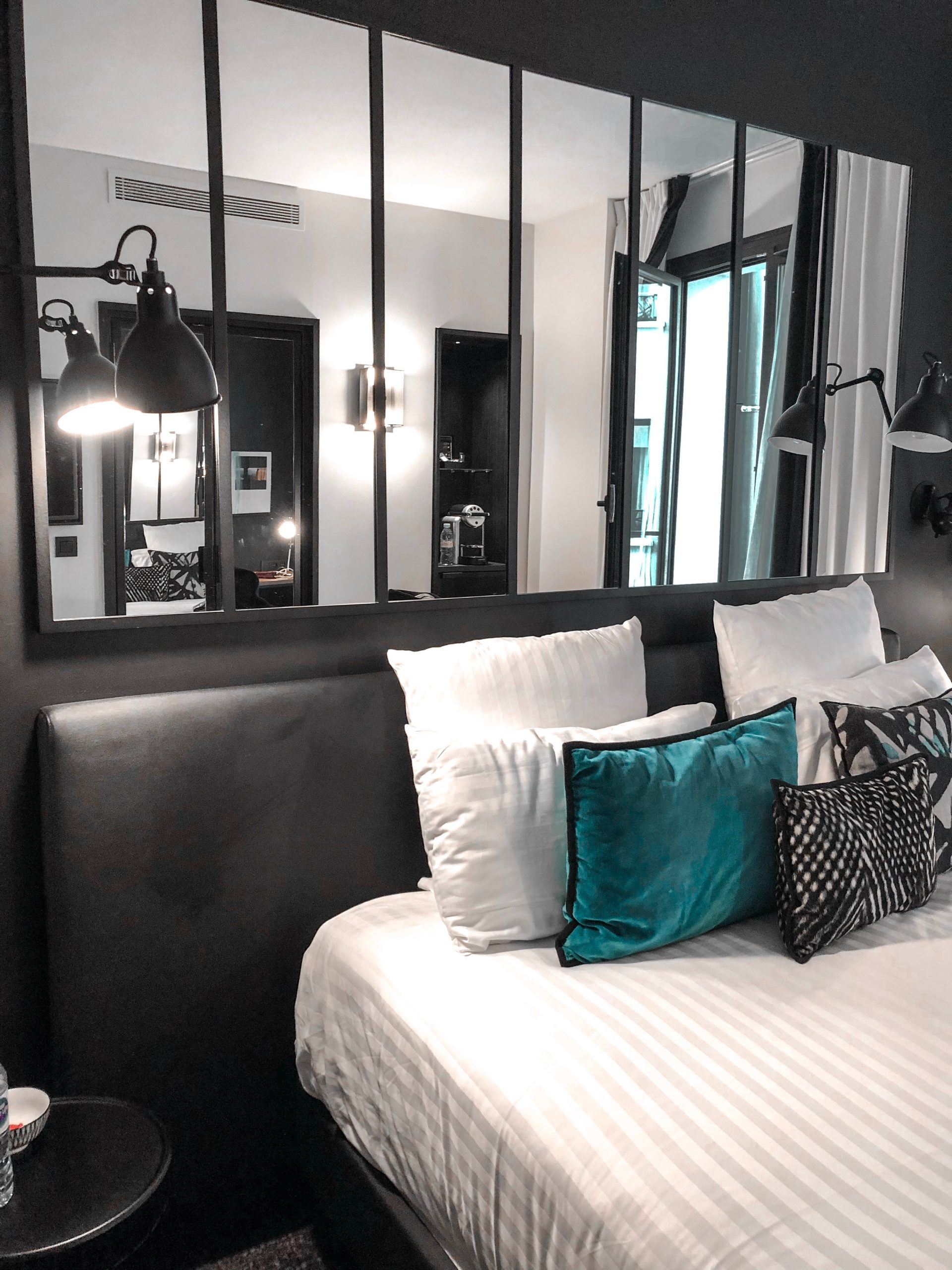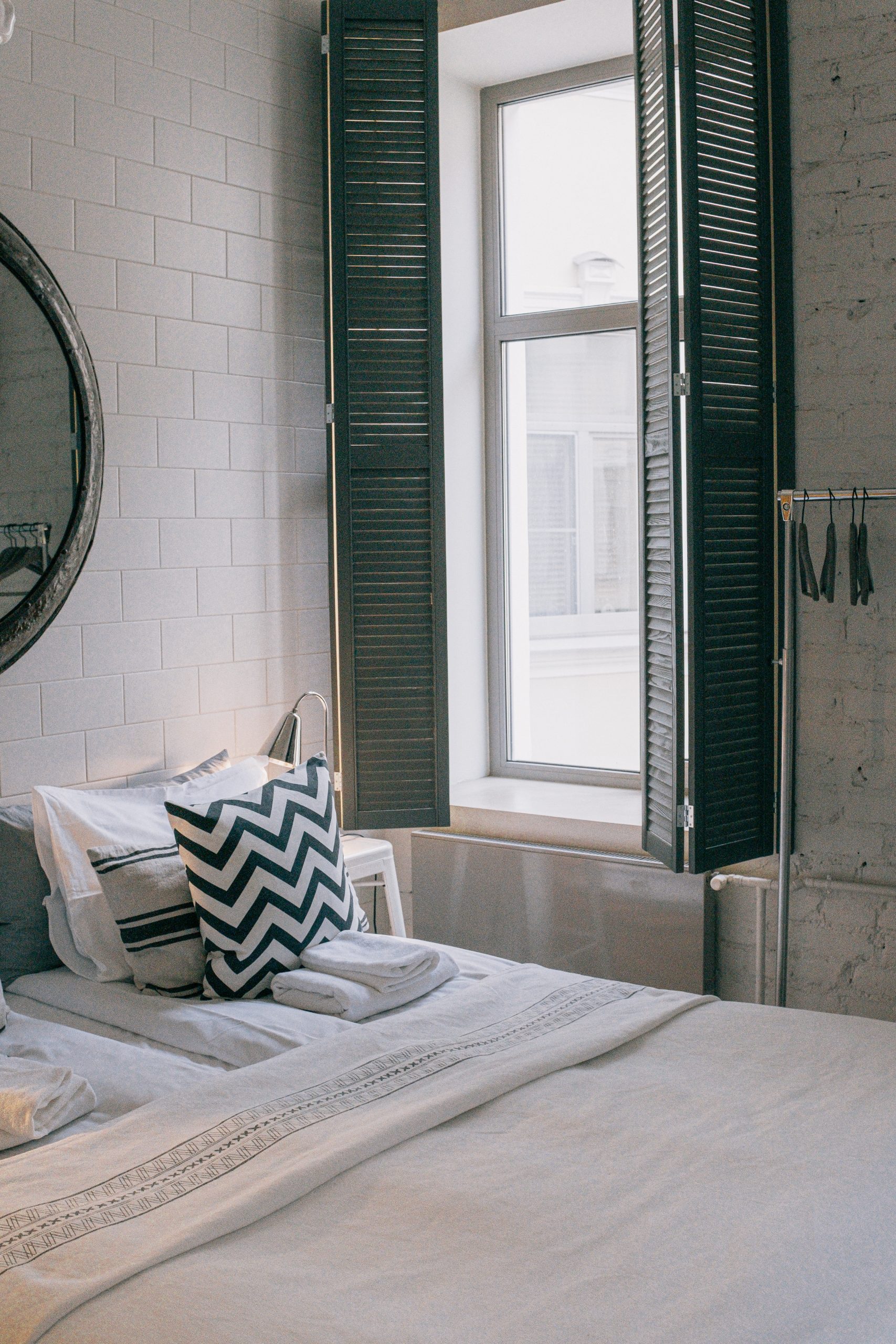The good news is that there are ways to make a small space feel more spacious and inviting without going overboard. Let’s take a look at some of these methods.
According to UBS Wealth Management, the average American household has a smaller living area than it did two decades ago. This has forced people to live more efficiently by making better use of what they have. One way to do this is by styling a small yet beautiful bedroom for you and your buyer prospects.
In an article titled “The Secret To Selling Your Home,” real estate agent Mary Jane Condon shares tips with sellers about preparing their homes for sale. She suggests that buyers look at “the details” in a home before deciding whether or not to buy. The same holds for styling a small bedroom. Don’t be afraid to change your space if you need to. Here are just a few ideas.
Put your bed to work
Take advantage of it if you’re lucky enough to have a spare closet or storage room directly into your bedroom. Add shelves on the inside walls to create a bookshelf within your bedroom. If you don’t have the space, try mounting a bookcase onto the floor instead.
Another option is to hang clothing from a hook above your headboard (if you don’t already). You can also add an open shelving unit to the top of your nightstand if you don’t want to clutter up the surface. When choosing a piece of furniture for this purpose, opt for one with three shelves.
Also, you need to know that if your home has only one room that doubles as both a bedroom and living area, then it’s important to think about how you can use this space most effectively.
One option is to turn your bed into a seating area that becomes part of the conversation happening around you. The idea here is that you can use your bed as a focal point in a room that’s otherwise dominated by flat surfaces like tables or counters. If you want to do this, you’ll need to ensure you’ve got enough storage options for the things you want to keep out on display. You might also consider having a bedside table or chest of drawers so you can store books, magazines, and other items while still allowing access to them. Another approach is to put your bed against a window, giving you two functional areas in one space. Either way, you should keep your bed simple, clean, and uncluttered.
Using a feature wall to distract the eye
A large feature wall can help add visual interest. However, if you only have limited space, there are other ways to draw attention to a particular section of your room without using a feature wall. For example, place framed photographs of family members or favorite objects on display behind your bed. Or place a mirror along the back wall to reflect light from your window and give the illusion of a larger room.
Mirrors are also useful for creating an illusion of space. Place a full-length mirror next to a wall to enhance the feeling of extra space. Likewise, place a shorter mirror between two beds to create the illusion of additional sleeping areas.
Using a feature wall to detract your mental pressure
When designing a small bedroom, it’s easy to get caught up in cramming everything into the available space. One strategy that helps us achieve this is to position our furniture away from walls, using the floor instead as the dividing line. This means placing the headboard along one wall to give you a visual separation between that wall and the rest of the space. It also allows you to add color and pattern to the wall.
Another trick involves using a feature wall. A feature wall is typically made of glass or wallpaper, either of which provides an interesting backdrop to your artwork and accessories. When deciding what type of feature wall to choose, it’s best to pick something that won’t distract too much from the overall scheme of your room. For example, if you’re working with soft colors, go for a light-colored feature wall. Otherwise, select something that contrasts with the colors you’re already using, for example, a dark-colored wall behind a lighter-colored bedspread.
If possible, avoid putting anything on the feature wall you wouldn’t want to see when lying down. This includes photos or paintings that would be difficult to view from a sitting position and objects that could be easily knocked over or broken.
Mirrors are another great way to divide a small space, as we already said. They can help you achieve various looks depending on their placement. For example, a mirror placed above a dresser can give you the illusion of space because the dresser seems further away than it really is. Mirrors can also act as an accent piece, adding glamour and pizzazz to a room.
Use mirrors to deceive the eye

When buying a new house, check out how many mirrors are in each room. If there are too many, consider having your builder install fewer. This will save you money while still giving you the effect of more space.
Have items created to order
Instead of purchasing custom pieces for your bedroom, go shopping for existing furniture that you can reupholster or refinish. With some elbow grease and some paint, you’ll be able to transform an old piece into something unique that is perfect for your space. It may cost you more upfront, but it’s much less expensive than hiring someone else to do the job for you.
Another solution is to shop around for used furniture instead of brand new. Quite a few stores sell used furniture and online options like the Craiglist directory and eBay. In addition to saving money, you’ll often find great deals on quality items.
To increase the appeal or valuation of your bedroom, however,
Choosing accessories that complement each other or purchasing items specifically designed for your bedroom’s native design is recommended. These include nightstands, lamps, rugs, and throw pillows. It may be worth shopping around for online retailers who offer items created especially for tiny homes and apartments to save money.
Another option is to have items custom-made. Designers or local craftsmen can produce items that perfectly fit your needs, including furniture, lighting, bedding, artwork, and accessories.
Although plants are lovely, don’t even consider potting them.
Plants are wonderful additions to any interior design project. But, unless you have a green thumb, don’t plant anything in your bedroom. Not only will it get messy and difficult to maintain, but there’s no guarantee that you’ll keep it alive long term. Plants also require watering, which means you’ll have to keep a constant watch on them. If you don’t have time during the day, try growing your food indoors. It’s easy and inexpensive. But only if you have already been well-informed with all the details. In case the project will be the first time for you, hiring a consultant or service provider dedicated to the job is preferable to minimize mishandling.
Plants are also wonderful additions to any home, but they can overwhelm a small space if you can properly manage them. Think vertical, and Instead of letting them run rampant, it’s better to focus on creating a natural environment that lets them thrive. This means keeping them in pots or baskets and organizing them in a way you don’t have to sacrifice your horizontal area and cost you distress. 
Similarly, avoid placing plants around windows and doors since they can block light and ventilation. Instead, group plants together in low-light areas like bookcases, side tables, or coffee tables.
It’s also important to keep plants healthy and happy to ensure enough sunlight and water. And remember, although you may love them, plants are delicate creatures, so never leave them unattended.
Conclusion:
Have fun! Get creative and express yourself. No matter where you live, there are no rules regarding what you can and cannot include in your style. Remember to stay within the bounds of practicality and common sense when designing your bedroom for yourself or for new people who are interested in acquiring your dwelling beyond a lucky location your room possessed before it even existed.